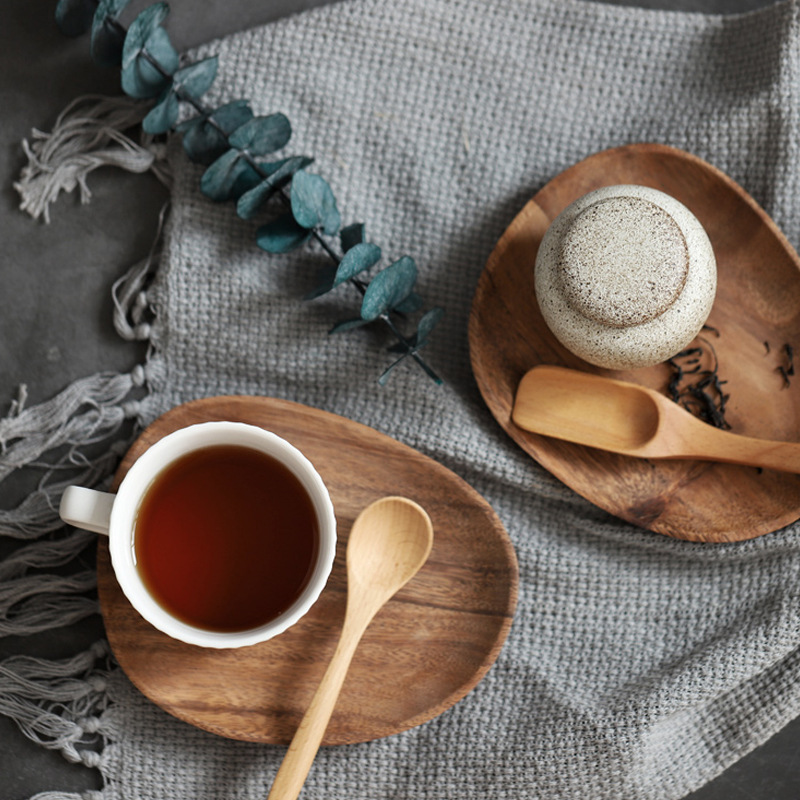Dinnerware
Mix and Match: Combining Different Dinnerware Sets for a Unique Look
Creating a distinctive and personalized table setting is a great way to impress your guests and enhance your dining experience. One of the most effective ways to achieve this is by mixing and matching different dinnerware sets. This approach allows you to showcase your creativity and personality while making your dining table visually appealing and dynamic. In this blog post, we will explore various tips and strategies for combining different dinnerware sets to create a unique and cohesive look.
Understanding the Basics of Mixing and Matching
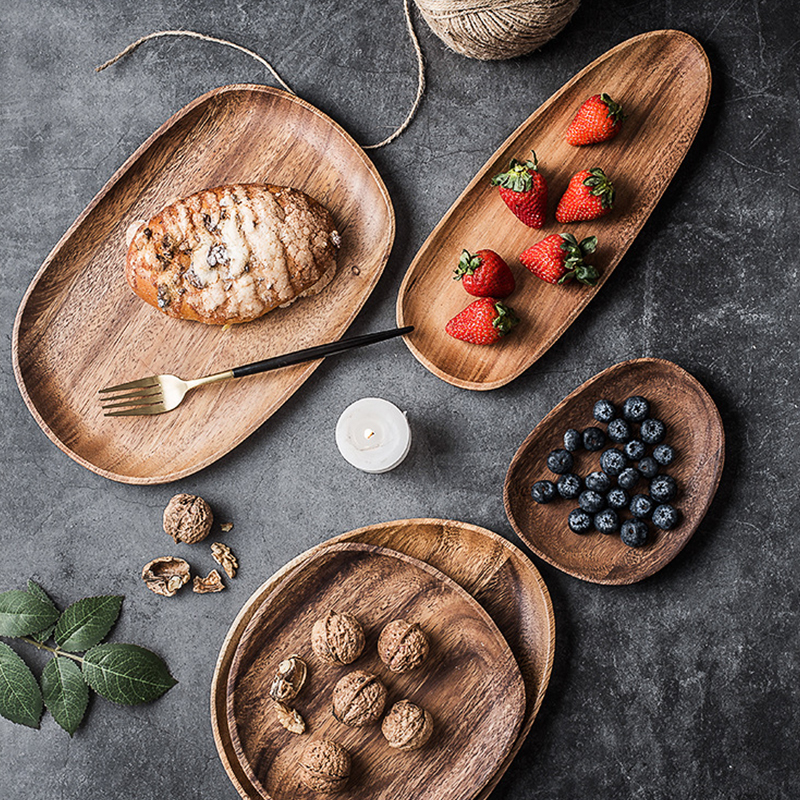
Before diving into the practical tips, it’s essential to understand the basics of mixing and matching dinnerware. The goal is to create a harmonious and aesthetically pleasing table setting, even when using pieces from different collections. Here are a few fundamental principles to keep in mind:
- Color Palette: Choose a cohesive color palette to guide your selections. This doesn’t mean all pieces must be the same color, but they should complement each other. Neutral bases with pops of color or a unified color theme can tie the look together.
- Patterns and Textures: Mixing patterns and textures can add depth and interest to your table. However, ensure there’s a common thread, such as a recurring color or motif, to maintain harmony.
- Balance: Achieving balance is crucial when mixing dinnerware. Distribute different patterns, colors, and textures evenly across the table to avoid a cluttered or chaotic appearance.
Tips for Mixing and Matching Dinnerware
Now that we’ve covered the basics, let’s delve into some practical tips for combining different dinnerware sets.
1. Start with a Neutral Base
Using neutral-colored dinnerware as a base provides a versatile canvas for adding different patterns and colors. White, cream, beige, or gray plates can easily complement more vibrant or patterned pieces. For instance, start with a set of plain white dinner plates and layer them with patterned salad plates and bowls.
2. Choose a Theme or Style
Selecting a theme or style can help unify your dinnerware choices. Whether it’s rustic, bohemian, vintage, or modern, having a clear theme will guide your selections and ensure a cohesive look. For example, for a rustic theme, you might choose earthenware plates with a natural, textured finish and mix them with wooden chargers and mason jar glasses.
3. Play with Patterns
Incorporating various patterns can create a visually stimulating table setting. When mixing patterns, consider the following:
- Scale: Mix large and small-scale patterns to avoid overwhelming the table. A large floral dinner plate paired with a small geometric salad plate can create a balanced look.
- Color: Ensure the colors in the patterns complement each other. This can be achieved by choosing patterns with at least one common color.
- Type: Combine different types of patterns, such as floral, stripes, and polka dots, for a playful and eclectic vibe.
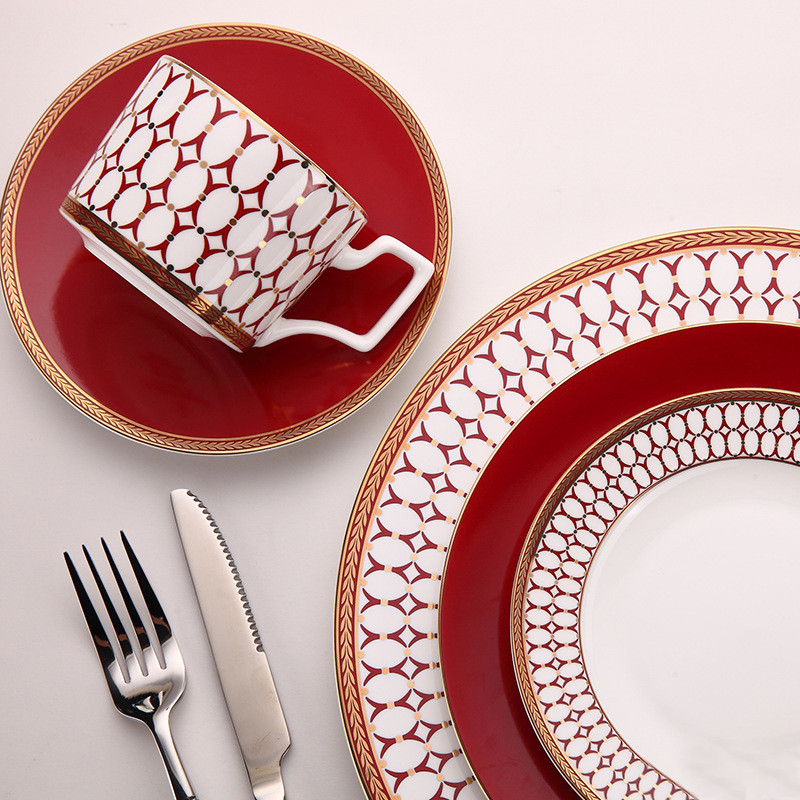
4. Incorporate Different Textures
Textures add tactile interest and can elevate your table setting. Mix smooth, glossy plates with matte or textured ones to create contrast. For example, pair a sleek, glossy porcelain dinner plate with a rustic, textured stoneware bowl. The juxtaposition of textures can add depth and sophistication to your table.
5. Layer Your Dinnerware
Layering is a powerful technique in mixing and matching dinnerware. Start with a charger or placemat, add a dinner plate, and top it with a salad plate or bowl. This not only creates a visually appealing stack but also allows you to showcase different pieces. Consider using complementary colors and patterns for each layer to achieve a cohesive look.
6. Use Accent Pieces
Accent pieces, such as serving bowls, platters, and utensils, can tie your table setting together. Choose accent pieces that echo the colors, patterns, or textures of your dinnerware. For example, if you have a set of blue and white patterned plates, consider using blue glassware or white napkins with a blue trim as accents.
7. Mix Vintage and Modern
Combining vintage and modern pieces can result in a unique and eclectic table setting. Vintage plates with intricate designs can be paired with sleek, modern glassware and flatware for a contemporary twist. This mix of old and new creates an interesting contrast and adds character to your table.
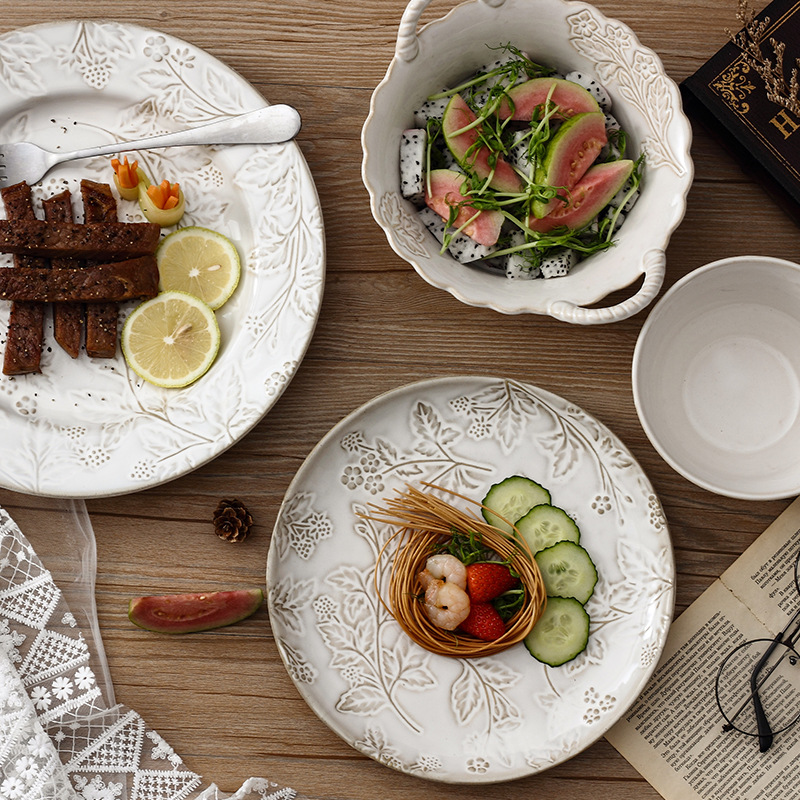
8. Experiment with Seasonal Themes
Changing your dinnerware with the seasons can keep your table setting fresh and exciting. For a spring or summer theme, use light, bright colors and floral patterns. In fall, incorporate warm, earthy tones and autumnal motifs. Winter settings can feature deeper colors and festive patterns. Mixing seasonal pieces with your everyday dinnerware can create a dynamic and ever-changing table.
Practical Examples
To illustrate these tips, let’s consider a few practical examples of mixed and matched table settings.
Example 1: Modern Eclectic
- Base: White porcelain dinner plates
- Accent: Black and white geometric salad plates
- Texture: Matte black bowls
- Additional Elements: Gold flatware, clear glass tumblers, black linen napkins
This setting combines modern elements with a touch of eclectic style. The neutral base allows the geometric patterns to stand out, while the matte black bowls add texture. Gold flatware and black linen napkins provide a sophisticated finish.
Example 2: Rustic Charm
- Base: Textured earthenware dinner plates in a natural clay color
- Accent: Plaid salad plates in earthy tones
- Texture: Woven placemats
- Additional Elements: Mason jar glasses, wooden utensils, cotton napkins with a simple hem
This rustic setting uses earthy tones and textures to create a warm and inviting atmosphere. The plaid salad plates add a touch of pattern, while the woven placemats enhance the rustic feel. Mason jar glasses and wooden utensils complete the look.
Example 3: Vintage Elegance
- Base: Vintage floral dinner plates
- Accent: Solid pastel salad plates
- Texture: Lace placemats
- Additional Elements: Crystal goblets, silver flatware, linen napkins with a delicate trim
This setting combines vintage elegance with modern simplicity. The floral dinner plates serve as the focal point, while the solid pastel salad plates provide a subtle contrast. Lace placemats and crystal goblets add a touch of sophistication.
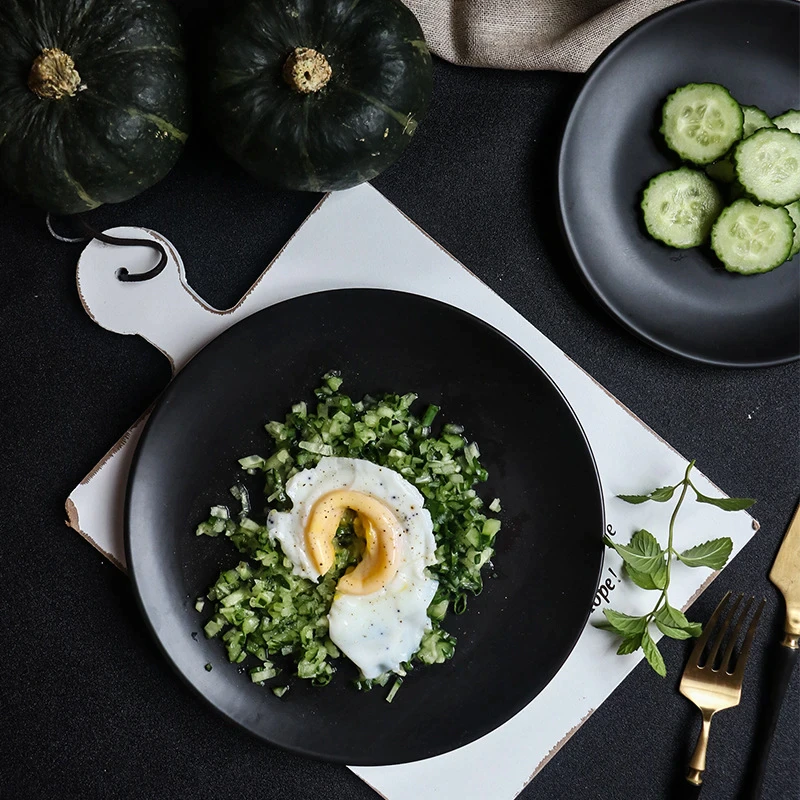
Final Thoughts
Mixing and matching dinnerware sets is an art that allows you to express your creativity and personality. By following the tips and strategies outlined in this blog post, you can create unique and visually stunning table settings that will impress your guests and make every meal special. Remember to have fun and experiment with different combinations until you find the perfect mix that reflects your style and taste.
Thank you for reading, and happy decorating!

